Past, Present and Future
By Lexi Reich
Under the wide Colorado sky, a rancher’s silhouette cuts against the rising sun as he tips his hat, spurs clicking softly with each step, breaking the morning stillness. The smell of sagebrush fills the air, and the quiet hum of ranch life begins anew.
It’s a scene that’s been playing out for generations, from the vaqueros of Spain to the modern ranchers of the Rocky Mountains. Yet, with each passing year, the role of the Colorado cowboy—once defined by endless cattle drives and untamed wilderness—evolves. Today’s cowboy carries the weight of tradition in one hand and the challenges of the future in the other. As automation and technology edge closer to the ranch and the demands of conservation and urban sprawl press in, the question lingers: What does it mean to be a cowboy in today’s world?
The Roots of the Colorado Cowboy
The story of the Colorado cowboy begins not in the U.S. but in Spain. Historian and author Angel Vigil, who has written extensively on cowboy culture, explains that the roots of cowboy traditions trace back to Spanish colonial culture.
“When the Spanish came to the New World, they brought their language, religion and government system. [But] what they really brought were horses and cattle,” Vigil says. Before the Spanish arrived, no cows or horses existed in the Americas. “Along with these animals, the Spanish brought centuries of knowledge about working with livestock in open spaces,” he adds.
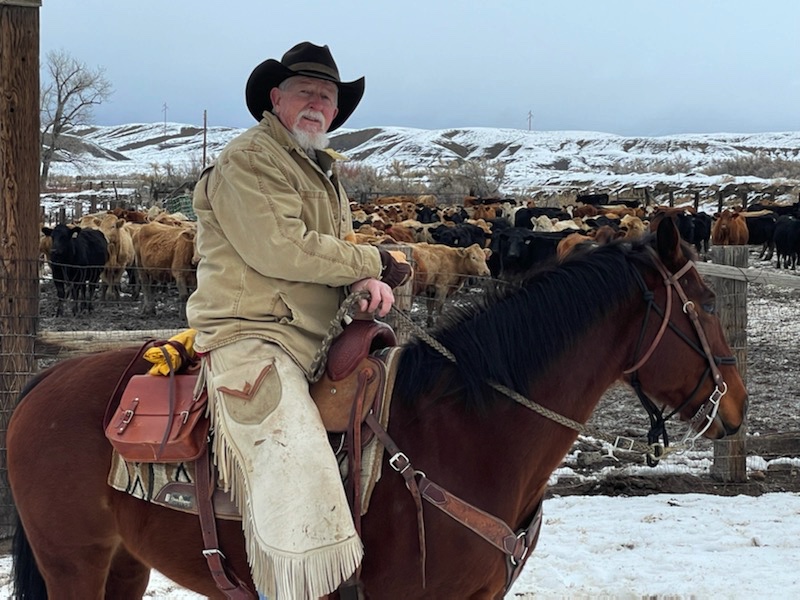
By the mid-19th century, Colorado had become a prime location for cattle drives, and the vast, open plains offered fertile grazing land. Cowboys worked tirelessly to drive cattle to railheads for transport to larger markets.
The term “cowboy” also has a unique history. “The word cowboy doesn’t translate directly to ‘vaquero,’” Vigil explains. “‘Vaca’ means cow, so vaquero essentially means ‘a person for the cattle.'” The term ‘cowboy’ emerged in the U.S. when cattle work was prominent, and the role became synonymous with the independent, formidable figure of the Old West.
The influence of Spanish and Mexican vaquero culture on American cowboy traditions is evident in many aspects, from terminology to tools and clothing. For instance, “The word ‘rodeo’ comes from the Spanish word ‘rodear,’ meaning to gather in a circle,“ Vigil notes. These linguistic connections underscore the profound influence of early vaquero culture on the modern cowboy.
Today, Vigil volunteers at History Colorado to share his expertise on this subject. He emphasizes that the cowboy’s role in contemporary society is not just a romanticized vision of the past but an ongoing cultural identity. While fewer people are directly involved in ranching due to automation and large corporate farms, the values of cowboy culture—community, love of the land and dedication to hard work—remain highly relevant.
“It’s crucial to honor those who still do this work—ranchers and farmers provide our food,” Vigil emphasizes. “Cowboys love the land, the animals and the people they work with—that’s what cowboy culture is all about.”
Reviving Western Traditions
While the image of the cowboy often evokes nostalgia, modern ranching remains far from the past. Terry Nash, a lifelong cowboy and Colorado native, has been deeply immersed in ranch life since settling in Loma in 1989. He and his wife, Kathy, run a ranch, raising cattle and horses while sticking to traditional practices. “We do most of the work on horseback, roping and dragging them through the fire, just like the old days,” Nash says.
When asked about his favorite aspect of ranch life, Nash’s voice softens: “I think my favorite part is when the calves start coming… There’s a voice you hear from a cow just once a year. She’s got a real soft blowing when that baby’s on the ground, and she’s licking him clean… They’re bonding.” This moment inspired Nash’s poem, “A Cowman’s Lot,” a reflection of the intimate relationship between cattle and cowboy.
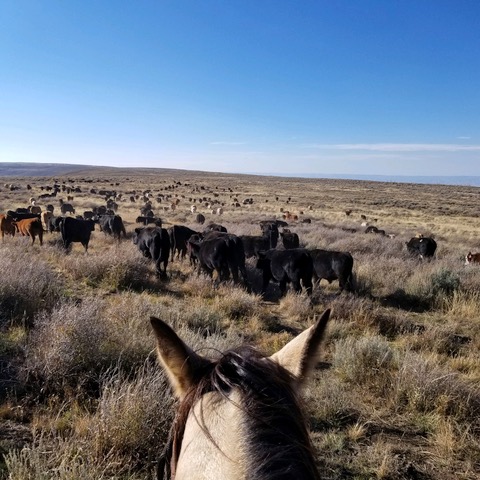
Nash’s poetic leanings extend beyond his ranch, as he took over the Western Slope Cowboy Gathering in 2015. The gathering, which takes place annually in Grand Junction, celebrates cowboy poetry and music. “We didn’t want to see it die,” says Nash, describing how he and co-organizers Peggy Malone and Nona Kelley Carver revived the event. “We both have a passion for keeping the Western lifestyle, the Western heritage, in people’s minds.”
Nash performs his poetry nationwide, attending gatherings from Texas to Wyoming. He describes his writing as inspired by the “real life” of ranching and cowboy culture. His poem Promise was born from a drought and the sight of a rainstorm on the horizon. “I saw that rain and thought, wow. Look at the promise dripping through the range,” he shares.
At 72 years old, Nash is still active on horseback alongside other cowboys who, like him, are committed to maintaining their way of life. “The cowboy’s still out there. You just can’t see him from the road,” Nash says, quoting cowboy poet Baxter Black. Nash takes pride in this enduring legacy, determined to ride “until we just can’t anymore.”
A Lifelong Dedication to Ranching
Art Guttersen has spent his life on the ranch and wouldn’t have it any other way. “I was born into ranching, and that’s been my life,” he says. “I love the Western way of life—cattle, horses and the ranch.”

After graduating from Texas Christian University in 1985, Guttersen returned to Colorado to raise his family on the ranch. While cattle remain a core part of his operation, Guttersen has diversified to ensure longevity. “Ranching is tough, so I expanded into servicing oil and gas wells on the ranch,” he says. “We have other businesses now to keep the ranch going.”
Despite modern adaptations, Guttersen still runs the ranch traditionally. “Cowboys still ride, and horses are still the tools of the trade,” he says. However, he recognizes the challenges of finding people committed to ranch life. “It’s hard to find a true cowboy these days. Times are changing.”
Beyond tradition, Guttersen has embraced a progressive approach to land stewardship, making Guttersen Ranch in Weld County a model for conservation-driven ranching. Spanning more than 35,000 acres, the cow/calf beef operation balances cattle production with environmental preservation. Guttersen has implemented conservation techniques to maintain native vegetation and wildlife habitats while accommodating oil and gas development on the land through a partnership with Chevron. The development of energy corridors has reclaimed more than 3,000 acres, according to the ranch, enhancing biodiversity with species such as bald eagles, mule deer and native grasses like sand bluestem and blue grama.
Guttersen’s leadership extends beyond the ranch, as he regularly hosts educational tours and community events to share best practices with local stakeholders. These events highlight topsoil management, native seeding and land reclamation efforts, providing a blueprint for sustainable ranching and energy production. His efforts have set a precedent for responsible resource management in Colorado, making Guttersen Ranch an example of how tradition and innovation coexist.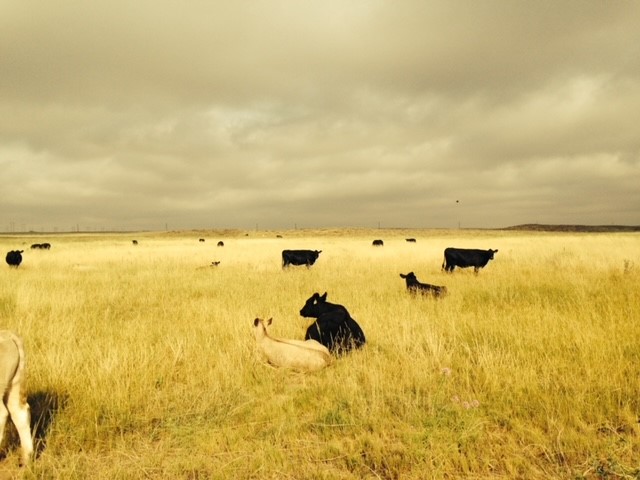
In addition to labor shortages and changing times, ranchers face challenges like fluctuating cattle prices, droughts and urban encroachment. But Guttersen’s integration of conservation and energy development has ensured the ranch’s viability and the health of its ecosystems. To him, cowboys have always been caretakers of the land, and while the tools might change, the heart of it is still the same.
Looking to the future, Guttersen hopes the traditions of ranching can survive. “I hope the industry can adapt to the changes happening in our fast-moving world,” he says. But for him, the simple pleasures of “riding a good horse and raising excellent cattle” remain the highlight of his life on the land.
Uncovering Hidden Legacies
Acoma Gaiter, assistant curator of Black history at History Colorado, works to highlight the often-overlooked contributions of Black cowboys. “Black cowboys were significantly left out of the historical record,” Gaiter says, reflecting broader societal issues of representation.
Her research shows the deep roots of Black involvement in cowboy culture, dating back to African tribes like the Fulani and Hula, skilled in cattle herding. “This expertise made them targets for the slave trade, but once in America, their skills were used in cowboy-related tasks,” she says.
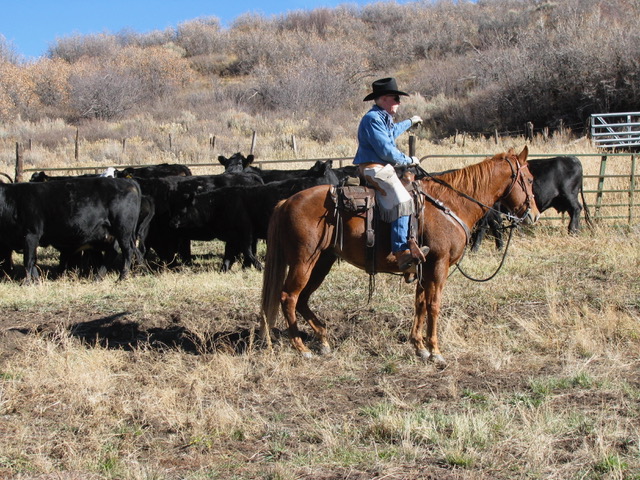
Black cowboys played a significant role in Colorado’s cattle industry during the late 19th century, but their contributions were often erased. “The term ‘cowboy’ originally had a racist connotation,” Gaiter explains. “White cattle workers were called cowhands, while Black workers were called cowboys. The media later adopted ‘cowboy’ as a universal term, whitewashing the history.”
Notable figures like rodeo pioneer Bill Pickett created the steer wrestling technique known as bull dodging. “He started the Bill Pickett Bronco Busters and Rough Riders, influencing figures like Will Rogers,” Gaiter says.
Today, efforts like the Bill Pickett Invitational Rodeo—which takes place in downtown Denver in January 2025—and the Black American West Museum are helping preserve this legacy. “I hope their story is shared more widely,” Gaiter says, pointing to a more inclusive future for cowboy culture.
The Future of the Colorado Cowboy
As Colorado evolves, so does the role of the cowboy. Vigil notes the challenges posed by automation and corporate farming. Still, ranchers like Guttersen adapt by diversifying their operations, combining tradition with innovation. Events like Nash’s Western Slope Cowboy Gathering help preserve cowboy heritage, introducing younger generations to the lifestyle. The work of historians like Gaiter also enriches the narrative, ensuring a fuller, more inclusive picture of cowboy culture.
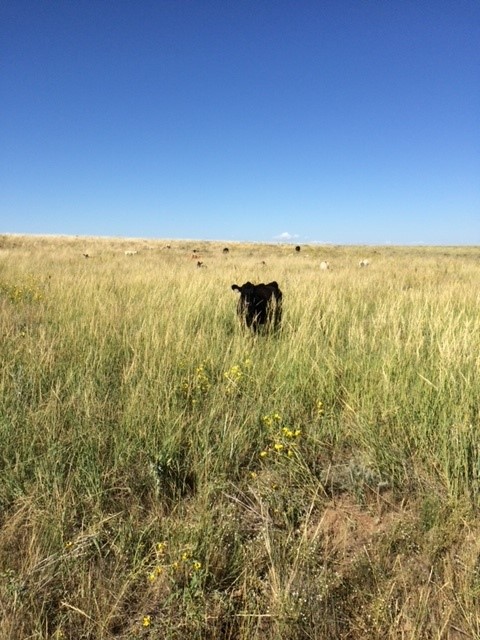
Environmental challenges, such as water management and sustainable land use, could place cowboys at the forefront of conservation efforts. Their deep connection to the land makes them valuable stewards of natural resources.
While the cowboy’s role may change, the core values identified by Vigil—love for the land, animals and community—remain constant. These principles, along with the cowboy’s legendary adaptability, suggest the spirit of the Colorado cowboy will continue to shape the state’s future.
Visit terrynashcowboypoet.com to see and hear Terry Nash reciting his poem, “A Cowman’s Lot.”


